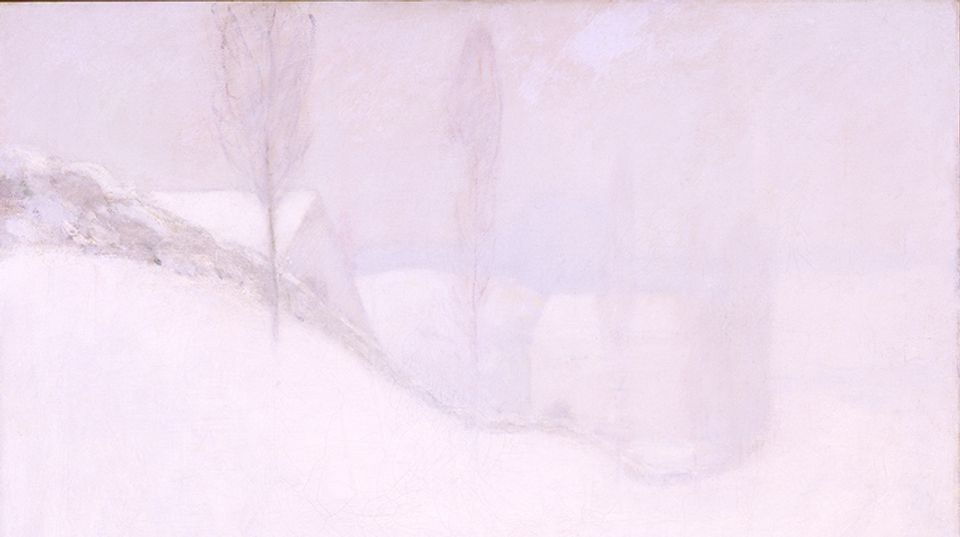

Artist Trevor Paglen spoke last week in the Clarice Smith Distinguished Lecture Series, and said his goal as an artist is to “help us see the historical moment we live in.” Paglen made a case that this is true for all art over time, no matter the time period, and showed examples from Turner to Rothko, leading up to present times.
And what exactly is the artist's role in the post-Snowden era? For Paglen, who contributed images to the film Citizen Four, what he wants from art are "things that help us see the historical moment that we live in." These include "new metaphors and new ways of seeing." Paglen, at home "in the artist's studio and the researcher's lab," has looked at the surveillience state that marks our lives, and from it has drawn questions, answers, and thought-provoking works of art
"What does surveillance look like?" is a question that informs Paglen's work. The answer is not always clear. It could resemble, Paglen noted, "bad powerpoint." First you have to find the satellites, machinery and hidden buildings, the underwater cables and landing sites. Sometimes the search even reveals poetry: did you know a group of satellites was known as a constellation? Some of his photographs are taken from a distance of more than forty miles away, when "things begin to collapse." From these, Paglen makes memorable images that in themselves, have an abstract (evasive?), unreal quality to them. As he told us the other evening, "I've always been attracted to hazy and indistinct images because I think the world is that way and difficult to see."
In one of my favorite moments, Paglen referenced western photographers Timothy O'Sullivan (1840-1882) and Eadweard Muybridge (1830-1904), whose careers included work as survey photographers for the U.S. government. In essence, they were doing 19th-century reconnaissance.
There may be nothing new under the sun...expect for the countless satellites keeping track over us. Paglen's work helps make the invisible visible.
If you missed Paglen's talk, watch it now:
The Clarice Smith Distinguished Lecture Series continues on October 7 with critic Christopher Knight's talk: Warhol's Wig: Cracking the Pop Art Code
















